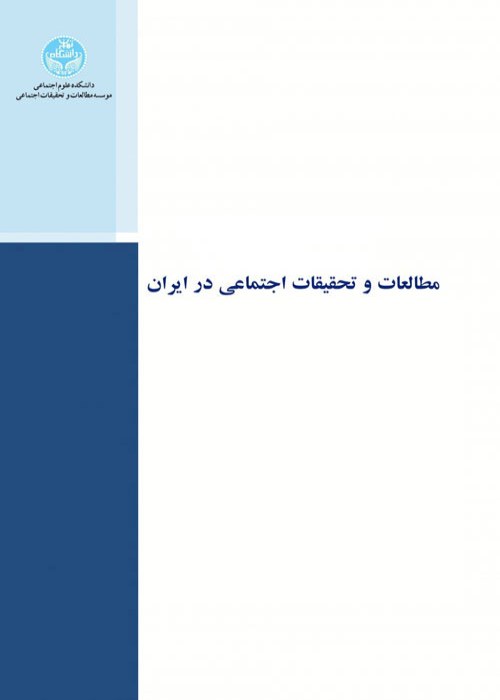Women's Movement and the Art of Resistance in the Constitutional Era
Iranian society in the Qajar era (1789-1925) was a kind of authoritarian society. Women in this society were subjected to severe gender oppression. They were deprived of many basic rights (e.g., the right to education, the right to choose, and the freedom of marriage). After the victory of the constitutional revolution (1906), political despotism in Iran was weakened. The victory of the constitutional revolution also strengthened civil society. One of the signs of the strengthening of civil society in Iran was the spread of new social movements such as the women's movement. In fact, the women's movement in Iran emerged after the victory of the constitutional revolution. The movement established newspapers to raise women's awareness. In this way, it succeeded in promoting the idea of gender justice in society. The movement also tried to work in an organized way by establishing women's associations. The women's movement in the constitutional era pursued various demands. They sought to combat the patriarchal discourse in society. The main concern of women's struggles in the constitutional era was the pursuit of equal rights with men and gender equality in various fields. The aim of this study is to identify and analyze the main demands of Iranian women in the constitutional era (1906-1925). In this article, we also answer the question: what did women's demands achieve in the constitutional era?
In this study, the activities of Iranian women in the constitutional era were examined using a combination of historical primary sources and historical secondary sources from the constitutional era. By primary sources, in this article, we mean sources and documents recorded by people who lived during the constitutional period. Books, newspapers, documents, and surviving memoirs of people who lived during the constitutional era fall into this category. Secondary sources also include various books and analytical sources written based on primary sources from the constitutional era. This study has attempted to use primary sources as much as possible in its investigation. However, in some cases it has also used historical secondary sources to supplement the information.
The results of this study show that women faced a type of systematic gender discrimination during the constitutional era. This gender discrimination extended to all spheres, from the home to society. Girls were not allowed to go to school; because going to school was only the right of boys. They were not allowed to oppose their husbands' polygamy or their daughters being married off as children because the home was dominated by men. Social traditions also supported men. On the other hand, women had no right to participate in political elections because the right to vote was only for men. Political participation was only the right of men and women had no right to political participation. Therefore, in the constitutional era, the women's movement began a historical struggle for social change in three different areas: 1. "Struggle for women's right to education"; 2. "Struggle to change family laws"; and 3. "Struggle for the right to vote and political participation."
In the constitutional era, the women's movement achieved its first demand (i.e., women's right to education). From that point on, girls were able to go to school. The women were not able to achieve their next two demands. But they also worked hard on these two demands. By spreading the idea of gender equality in various newspapers, the women were able to create the social framework for the realization of these demands in the following years. Thanks to the women's efforts, the first law on family and marriage was finally passed in Iran a few years after the Constitutional Revolution and at the beginning of the first Pahlavi's reign (1928). However, women struggled even longer for the right to vote and participate in politics. Finally, women's suffrage was adopted in 1963. These cases show that the women's movement in Iran has been able to achieve different goals in each historical period. With each goal achieved, they focus their efforts on new goals. For this reason, this movement continues.
- حق عضویت دریافتی صرف حمایت از نشریات عضو و نگهداری، تکمیل و توسعه مگیران میشود.
- پرداخت حق اشتراک و دانلود مقالات اجازه بازنشر آن در سایر رسانههای چاپی و دیجیتال را به کاربر نمیدهد.


